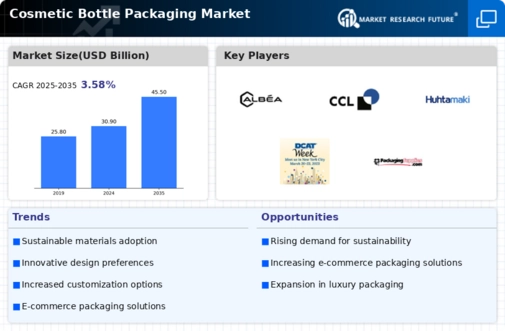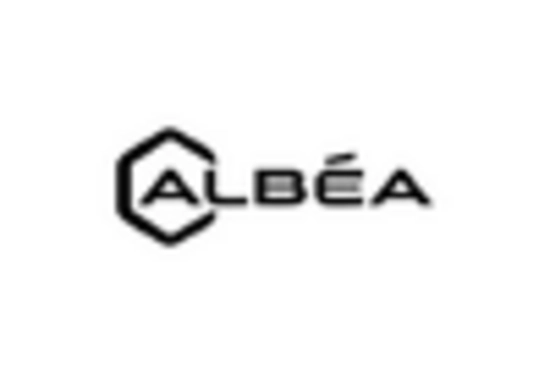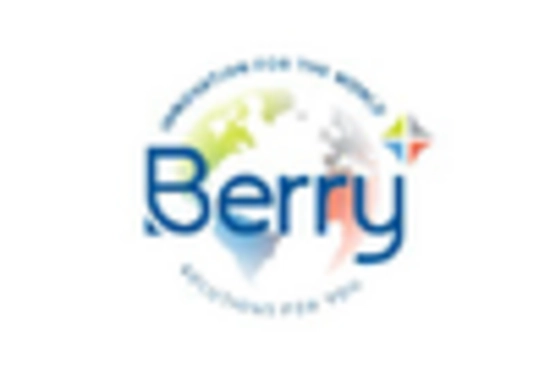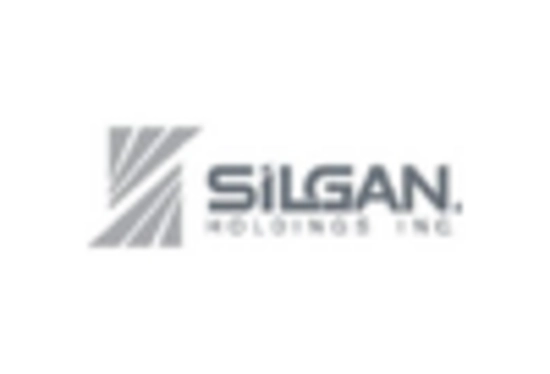Market Analysis
In-depth Analysis of Cosmetic Bottle Packaging Market Industry Landscape
The cosmetic bottle packaging industry is a highly dynamic and trending area that is a reflection of the increasing demands and evolving preferences of consumers in the field of beauty and personal care. The market conditions have been becoming extremely customer-oriented and choosing packaging of cosmetic bottles are among the factors that affect the scenic views of what the cosmetics market looks like. Consistent progress in packaging materials and forms to quench the pent-up thirst for green green supply is the most significant driver of this market. Moreover, top brands in the cosmetic industry tend to embrace the great degree of environmental awareness by choosing their packaging material on consumers' priorities that are biodegradable, reusable, and recyclable.
Besides, the online arena has caused great disruption of the bottle packaging market of the category. The consumers’ shopping behavior has changed into online platforms tremendously which has brought the demand on the type of boxes that not only protect the goods in transit but also reflect the overall box opening mood. This has not only given a birth to innovative packing designs like airless pump bottles and dropper bottles that both guarantee product integrity and provide a five star class application for consumers but also a convenience that they couldn't have before. The e-commerce movement also highly affected the focus on custom packaging Design since brands have special and aesthetically attractive packaging to differentiate their products in the digital retail platform.
Globalization with itself has further stimulated the rivalry in the market for cosmetic packaging on bottles. By growing their scale globally, demand for packaging, which conforms to ever stricter international regulatory compliance and different cultural preferences has increased dramatically. Nowadays, packaging manufacturers have to meet their customers’ diverse demands by offering a variety of solutions that will be suitable to the representatives of all market segments and a wide range of products. Moreover, the fact that niche as well as indie beauty brands have now added an extra robust of layered function to the existing brands especially because they are prioritizing on unique and creative packaging in order to make their brand instantly outstanding and focus on their target audience.
Of all trends that impact the cosmetic bottle packaging in the present day scenario, the influence requires its mention. Printing techniques innovation, both digital printing and 3D printing, has helped brands create complicated on their packaging and beautiful designs, attracting creativity and unique packaging to stand out among other brands. Smart packaging is yet another wave of technology getting out there in the business with features such as QR codes and NFC tags that links people to more details or promotional content is something that can be achievable with a simple scan.









Leave a Comment